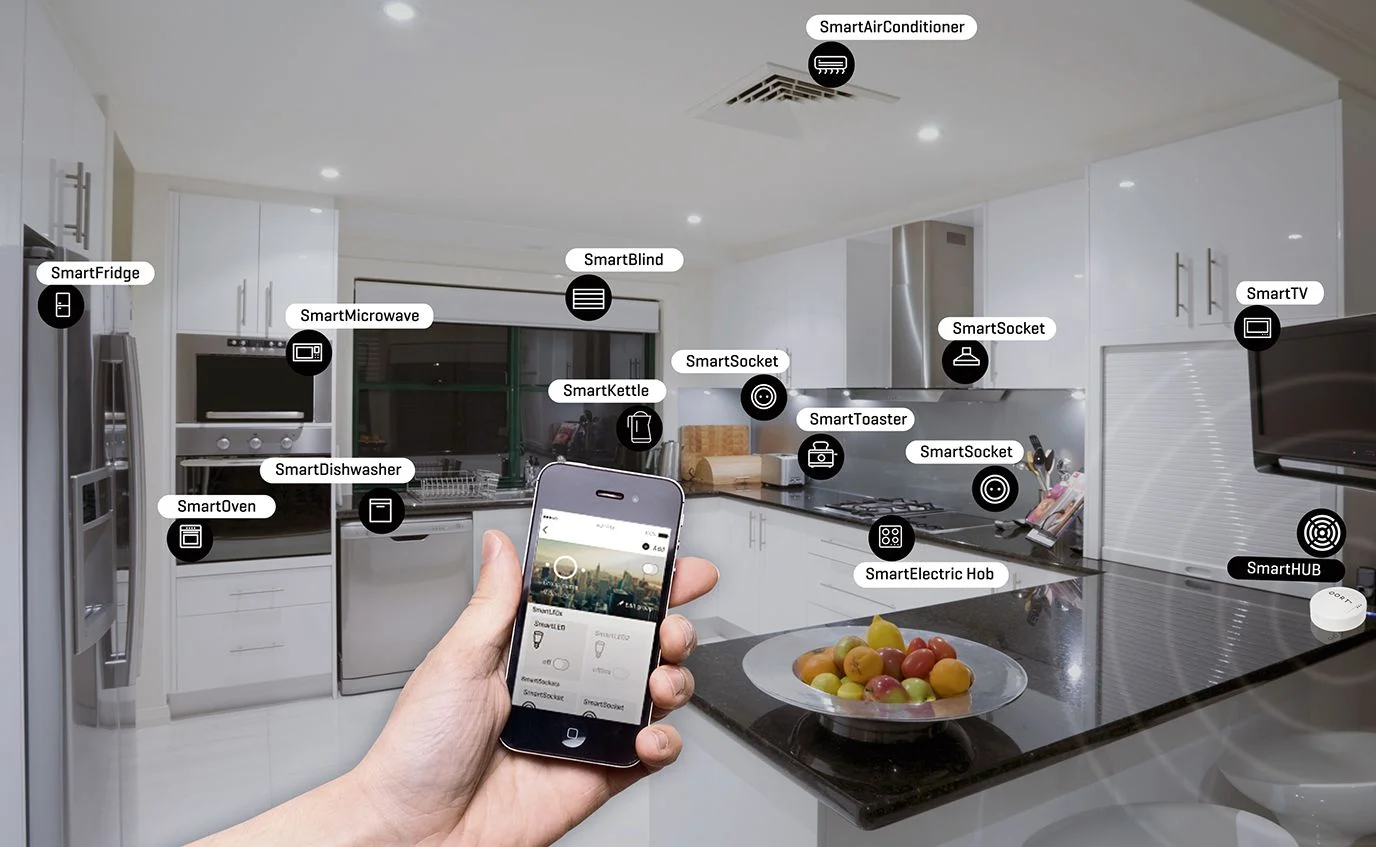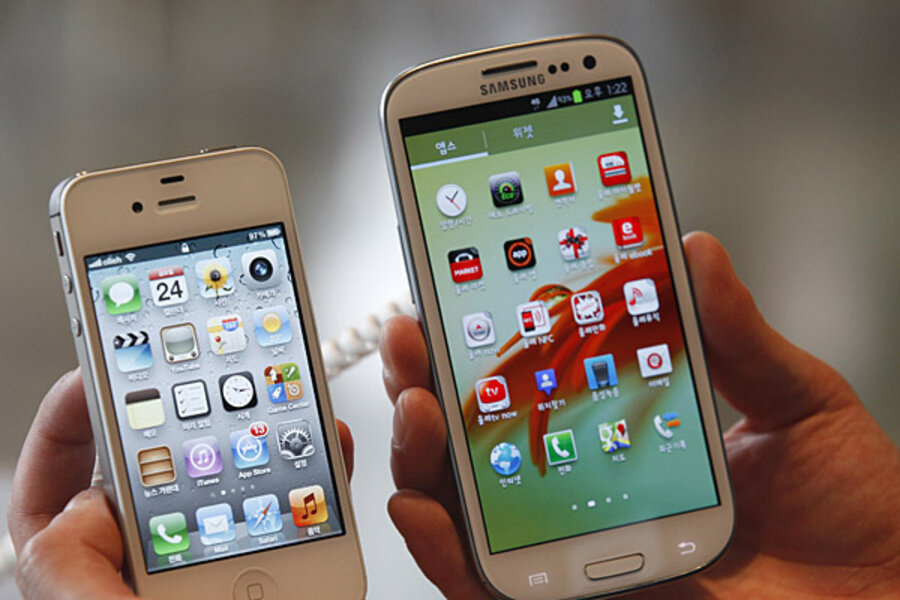In today’s world, sustainability has become more than just a trend—it’s a necessity. With climate change and environmental degradation gaining more awareness, individuals and businesses alike are looking for ways to reduce their carbon footprint. The good news is, adopting eco-friendly technology doesn’t have to be a costly venture. By integrating affordable solutions like solar-powered devices, energy-efficient gadgets, and eco-friendly apps, users can enjoy the benefits of sustainable tech without draining their wallets.
1. Why Sustainable Tech Matters
Sustainable technology refers to innovations and products designed to minimize environmental impact. These devices are built with energy efficiency, renewable resources, and waste reduction in mind. By making the shift to eco-friendly tech, users can contribute to lowering global carbon emissions, conserve energy, and ultimately help create a cleaner planet for future generations.
Beyond the environmental benefits, sustainable tech can also result in long-term cost savings. Energy-efficient devices reduce electricity bills, while solar-powered gadgets provide a free source of energy after the initial investment. Many eco-friendly technologies are now more accessible, thanks to rapid innovation and growing demand.
2. Affordable Solar-Powered Solutions
Solar energy is one of the most popular forms of renewable energy, and integrating it into your life doesn’t require expensive rooftop solar panels. There are plenty of cost-effective solar-powered devices available today, including:
- Solar Chargers and Power Banks: These handy devices are perfect for charging your phone, tablet, or other gadgets on the go, without using traditional electricity. They are compact, portable, and relatively affordable.
- Solar-Powered Outdoor Lights: Instead of relying on electricity for garden or security lighting, consider installing solar-powered lights. These lights absorb sunlight during the day and automatically turn on at night. With no wiring required, they are simple to set up and offer savings on your electricity bill.
- Solar Water Heaters: While this might seem like a more significant investment upfront, solar water heaters can drastically reduce your energy consumption over time. Many governments and utilities also offer rebates or incentives to offset the cost of installation.
3. Energy-Efficient Gadgets
Energy-efficient appliances and gadgets are designed to use less electricity while still providing the same level of functionality. Investing in energy-efficient products can yield long-term savings on energy bills. Some affordable energy-efficient tech solutions include:
- LED Light Bulbs: LED bulbs use up to 80% less energy than traditional incandescent bulbs and last significantly longer. Switching your home or office lighting to LED is a simple and inexpensive way to cut down on energy use.
- Smart Thermostats: Smart thermostats learn your preferences and automatically adjust the temperature, optimizing energy usage. Many models allow you to control them remotely via a smartphone app, ensuring you never waste energy when you’re not home.
- Energy Star Appliances: When it’s time to replace older appliances, look for products with the Energy Star label. These appliances are certified to use less energy, which translates to lower utility bills and reduced environmental impact.
4. Eco-Friendly Apps for Sustainable Living
Sometimes, going green is as simple as downloading an app. Several apps help users monitor and reduce their carbon footprint, promote energy-saving practices, or even support sustainable habits. Some top eco-friendly apps include:
- JouleBug: This app turns eco-friendly habits into a fun, competitive game. Users earn points by completing sustainable actions like recycling, biking to work, or reducing water use. JouleBug also provides energy-saving tips and connects users to local environmental challenges.
- Oroeco: Oroeco tracks your carbon footprint based on your daily activities, including commuting, home energy use, and shopping. It also offers suggestions for reducing your carbon footprint and shows how your actions impact the environment.
- GoodGuide: GoodGuide provides information on the environmental and social impact of consumer products. By scanning barcodes, users can see how sustainable a product is and make informed purchasing decisions.
5. Simple Tips for Adopting Eco-Friendly Technology
Switching to sustainable tech doesn’t have to be overwhelming or expensive. Here are a few simple tips to ease the transition:
- Start Small: You don’t need to overhaul your entire tech setup overnight. Begin by replacing everyday items like light bulbs and power strips with energy-efficient alternatives.
- Look for Incentives: Many governments and utilities offer rebates, tax credits, or incentives for purchasing energy-efficient appliances or installing solar technology. Be sure to research what’s available in your area to offset initial costs.
- Buy Used or Refurbished: Purchasing second-hand or refurbished tech devices is another eco-friendly option that saves you money while reducing electronic waste.
- Unplug When Not in Use: One of the easiest ways to save energy is to unplug devices when they are not in use. Many gadgets continue to consume power in standby mode, so cutting the power at the source can lead to savings.
Adopting sustainable tech is no longer just an option for the wealthy or eco-conscious elite—it’s accessible, affordable, and beneficial for everyone. By integrating solar-powered devices, energy-efficient gadgets, and eco-friendly apps, you can reduce your carbon footprint without breaking the bank. In fact, many of these solutions will lead to long-term savings, making sustainability not just a smart environmental choice, but a financially sound one as well.
With the right approach, you can enjoy the benefits of sustainable technology while doing your part to protect the planet for future generations. Embrace the shift to eco-friendly tech today, and you’ll be surprised at just how easy and affordable it can be.




